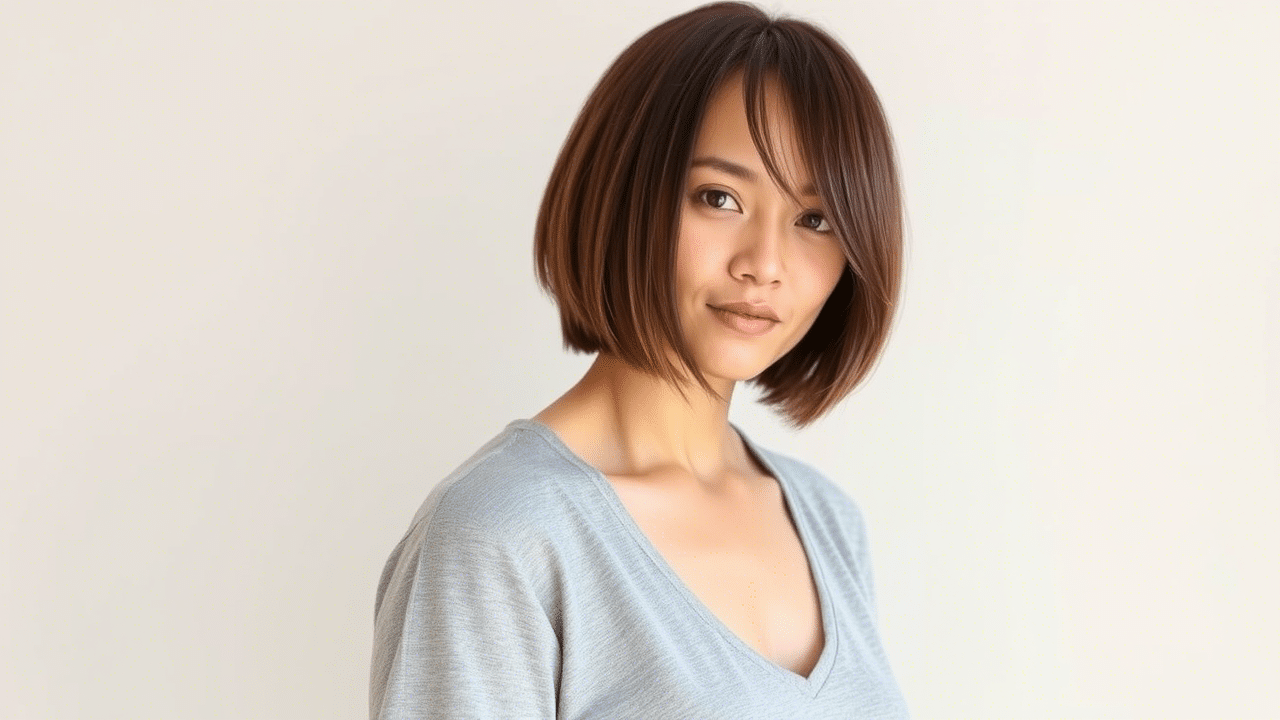Thin hair can be a styling challenge. Many women with fine locks struggle to find cuts that add volume without sacrificing length. The good news? Long bobs (or “lobs” as the cool kids call ’em) are practically made for thinner hair textures.
I’ve been a hairstylist for over 15 years, and lemme tell you – the lob is a game-changer for my thin-haired clients. These versatile cuts hit that sweet spot between short and long, typically falling somewhere between the chin and collarbone.
What makes lobs so special for fine hair? They remove excess weight that can drag down delicate strands while maintaining enough length to still pull back when needed. It’s like the best of both worlds!
The Classic Straight Lob
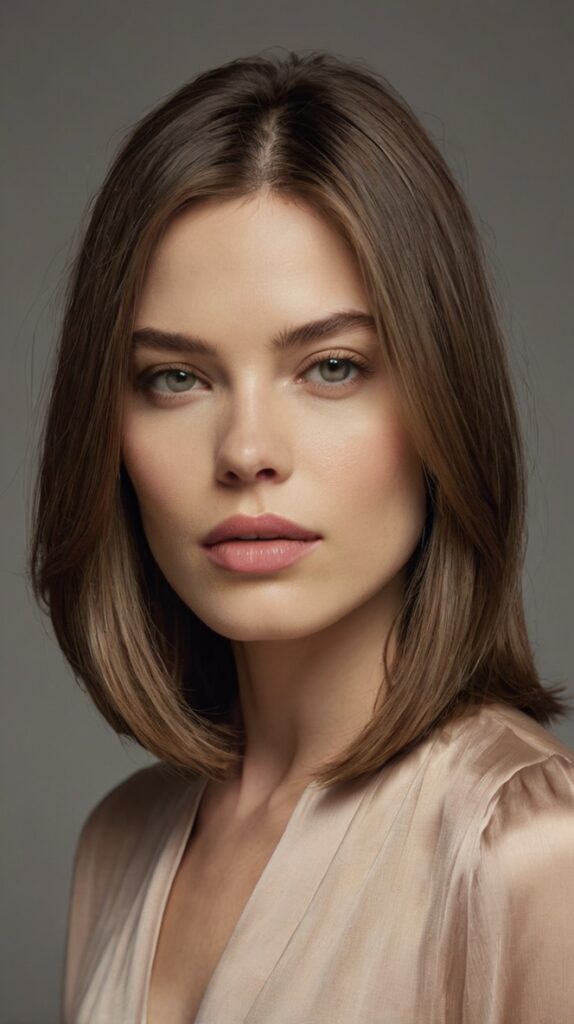
Sometimes the most simple approach is the most effective one. A blunt-cut straight lob creates the illusion of thickness through clean, precise lines. The key is keeping the ends sharp – no feathering or thinning here.
Ask your stylist to cut straight across, maintaining the same length all around. This creates a solid foundation that makes your hair appear fuller than it actually is. It’s basically optical illusion for your locks.
Textured Lob with Choppy Layers
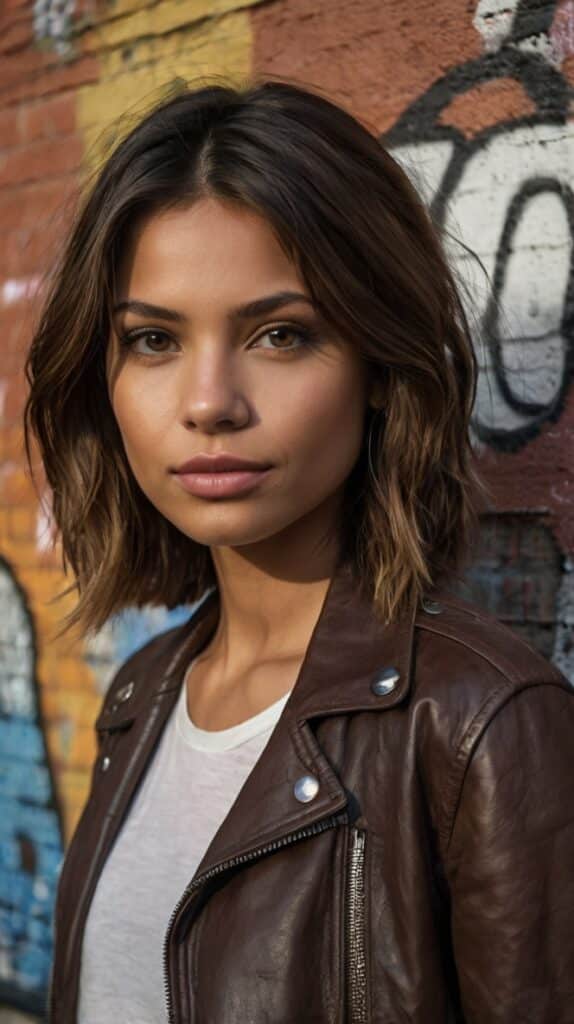
Layers are thin hair’s best friend, but they need to be done right. Choppy, uneven layers add movement without removing too much bulk. Think messy rather than perfect – that’s where the magic happens.
The trick is asking for “point cutting” instead of blunt scissors. This technique creates irregular edges that give your hair more texture and grip. Your stylist will know what you mean if you mention this specifically.
Beach Wave Lob

Loose, tousled waves can transform limp hair into something that looks effortlessly thick. The wave pattern breaks up the hair’s surface, creating shadows and depth that fool the eye into seeing more volume.
Use a texturizing spray on damp hair before scrunching. Don’t brush it out afterward – the messier it looks, the fuller it appears. Sometimes looking like you just rolled out of bed (in a good way) is exactly what thin hair needs.
Asymmetrical Lob
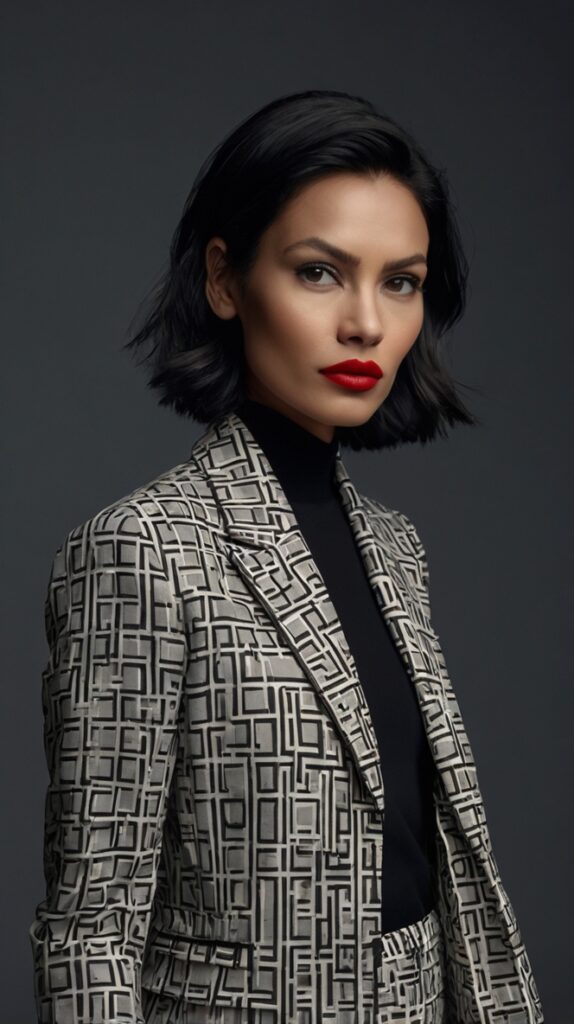
An uneven hemline adds visual interest and draws attention away from hair density. One side slightly longer than the other creates movement every time you turn your head. It’s subtle but effective.
This style works especially well if you have a natural part that falls to one side. The longer section can sweep across your face, adding softness while the shorter side shows off your neck.
Lob with Curtain Bangs
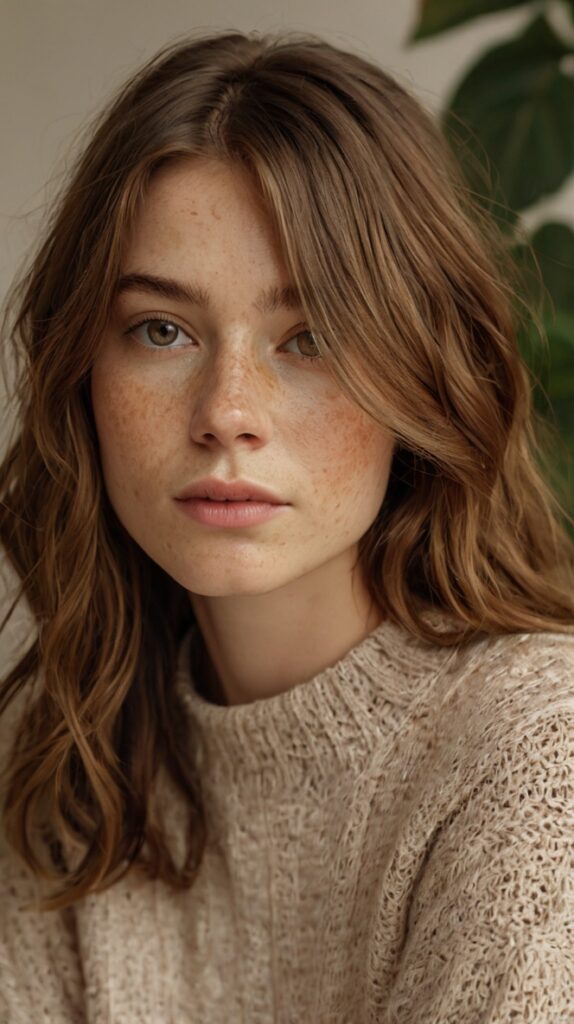
Curtain bangs frame your face while adding the appearance of more hair around your hairline. They create layers without sacrificing length, which is perfect for thin hair that needs every strand it can get.
The wispy, face-framing pieces add dimension and can be styled forward or swept to the sides. They’re also forgiving to grow out – no awkwardly short fringe phase to endure.
Graduated Lob
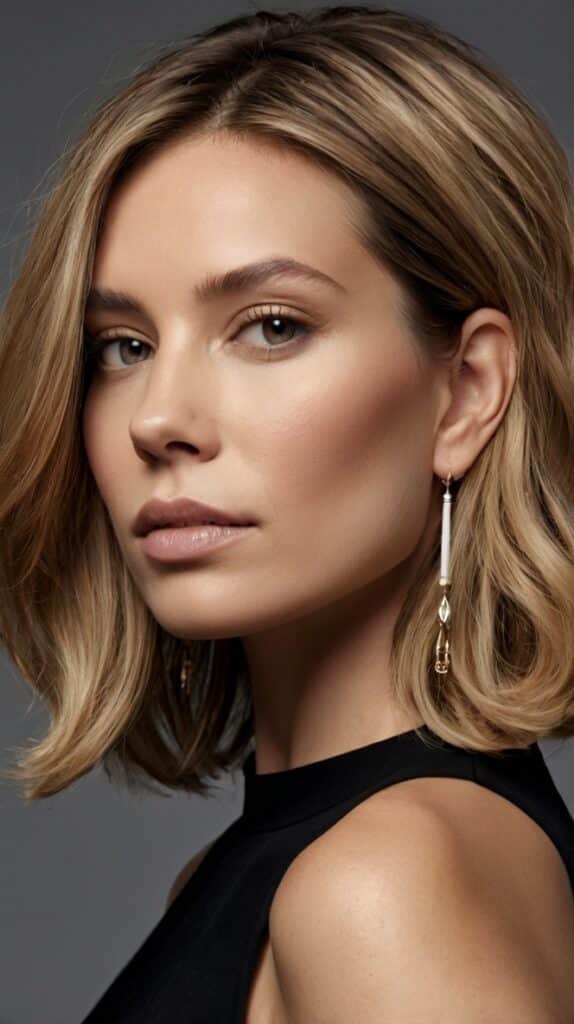
A graduated cut means the back is slightly shorter than the front, creating a subtle A-line shape. This technique adds body at the crown while maintaining length where you want it most.
The layering is invisible from the front but creates lift at the roots. It’s like having a secret volume booster built right into your haircut. Your hair will naturally want to flip under, creating that perfect curve.
Razored Lob

Using a razor instead of scissors creates softer, more natural-looking ends. The blade thins out each strand slightly, which might sound counterproductive, but it actually helps fine hair move better.
Razored cuts have more texture and grip, making styling easier. Your hair won’t slide off curling irons or fall flat as quickly. It’s one of those techniques that sounds scary but actually works wonders for thin hair.
Blunt Lob with Subtle Highlights
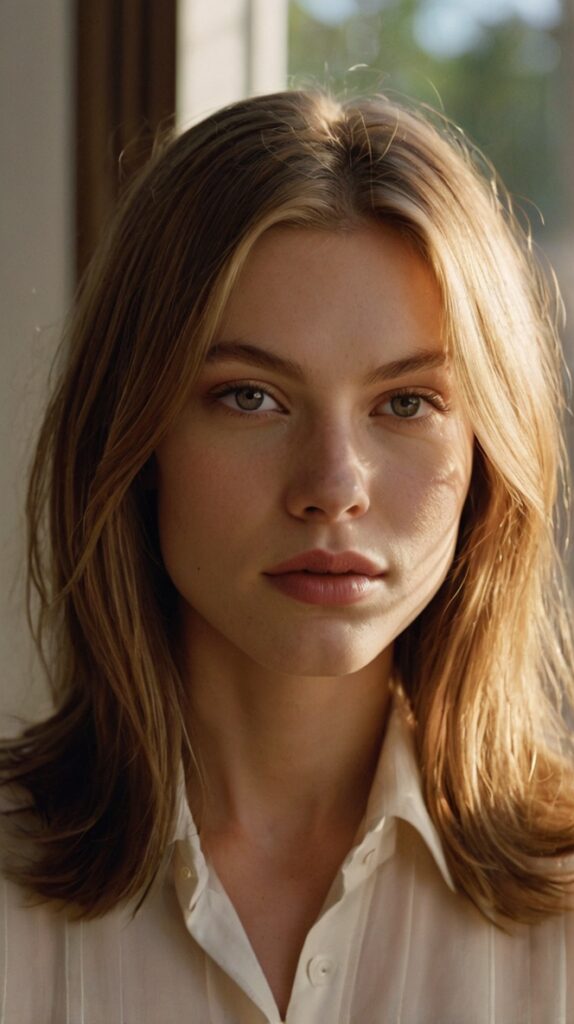
Strategic highlighting can create the illusion of depth and thickness. Thin hair often looks flat because there’s no variation in color – highlights fix that problem immediately.
Ask for babylights or subtle foils rather than chunky streaks. The goal is to mimic natural sun-kissed variation, not create obvious contrast. When done right, highlights make your hair look multidimensional even when it’s poker straight.
Tousled Lob with Root Lift

Volume at the roots is everything for thin hair. A tousled lob styled with specific attention to lift at the crown creates the foundation for fuller-looking hair overall.
Use a root-lifting spray and blow dry your hair upside down. Then tousle with your fingers rather than brushing smooth. The slightly messy finish disguises any areas where your hair might be a bit sparse.
Side-Swept Lob
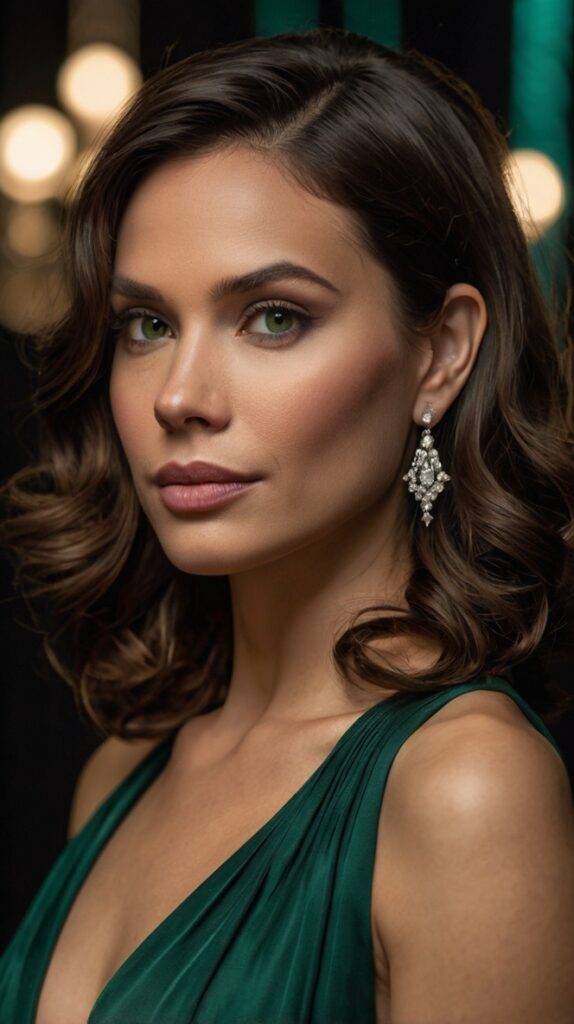
A deep side part instantly adds drama and can make your hair appear thicker on the heavier side. It’s simple but surprisingly effective at creating the illusion of more volume.
Switch up your part occasionally to prevent your hair from getting too comfortable in one position. Training your hair to go in different directions keeps it from lying too flat against your scalp.
Wavy Lob with Scrunched Texture
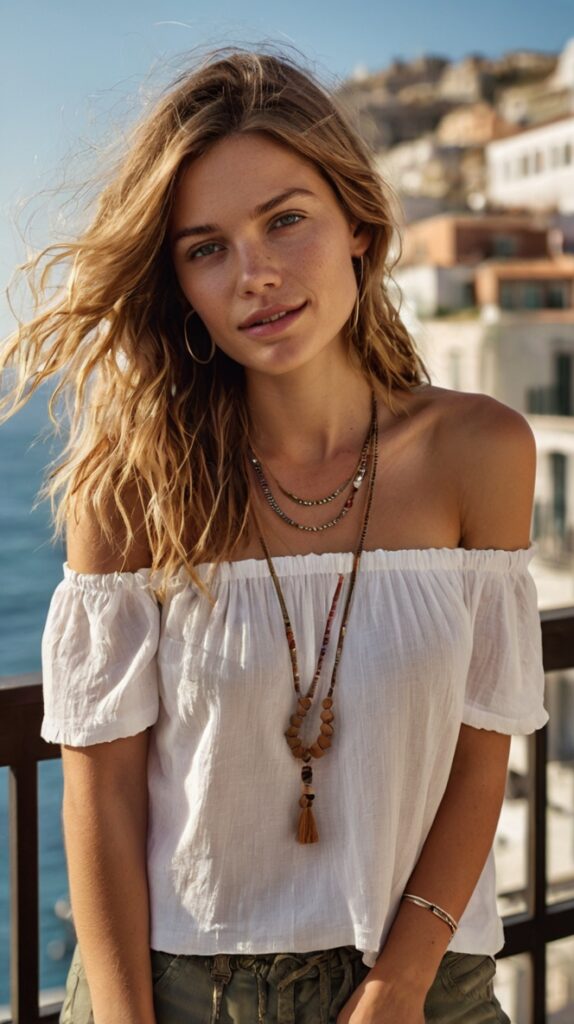
Natural-looking waves created by scrunching add bulk without heat damage. The key is using the right products – something that enhances your hair’s natural texture without weighing it down.
Scrunch while your hair is still damp with a lightweight mousse or texture cream. Don’t touch it while it dries or you’ll disrupt the wave pattern. Patience is key with this technique.
Lob with Face-Framing Highlights

Lighter pieces around your face create the illusion of more hair in the most visible areas. These highlights catch light and draw attention upward, away from any thin spots.
Keep the highlights subtle – just a shade or two lighter than your base color. The goal is enhancement, not transformation. Too much contrast can actually make thin hair look thinner by comparison.
Shaggy Lob
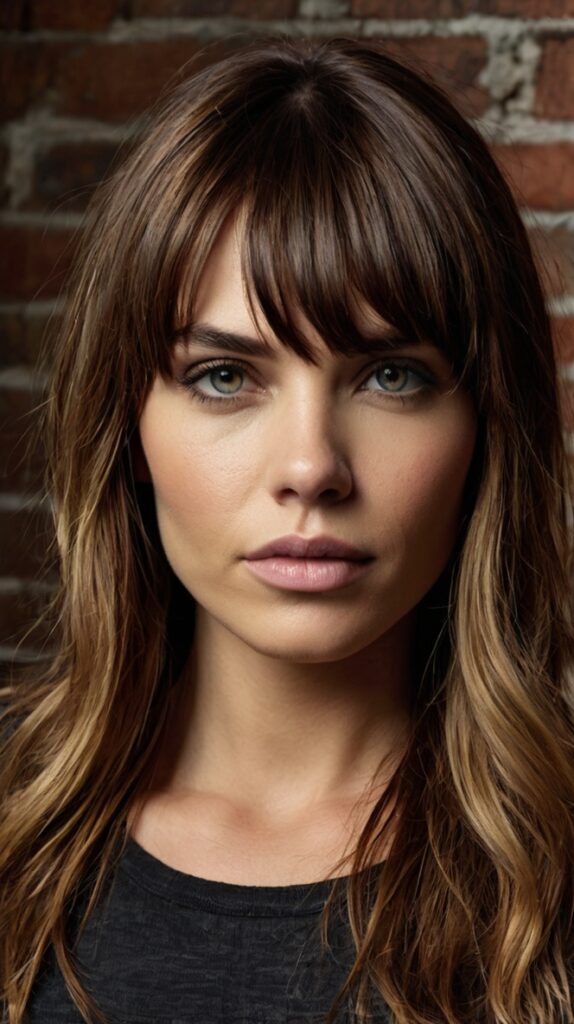
The modern shag adapts perfectly to lob length. Layers throughout create movement and texture while maintaining enough length to avoid the dreaded “triangle head” effect that some layered cuts can create on thin hair.
This cut looks best when it’s a little messy. Scrunch some texturizing cream through damp hair and let it air dry. The imperfect finish is actually the perfect look for this style.
Lob with Feathered Ends
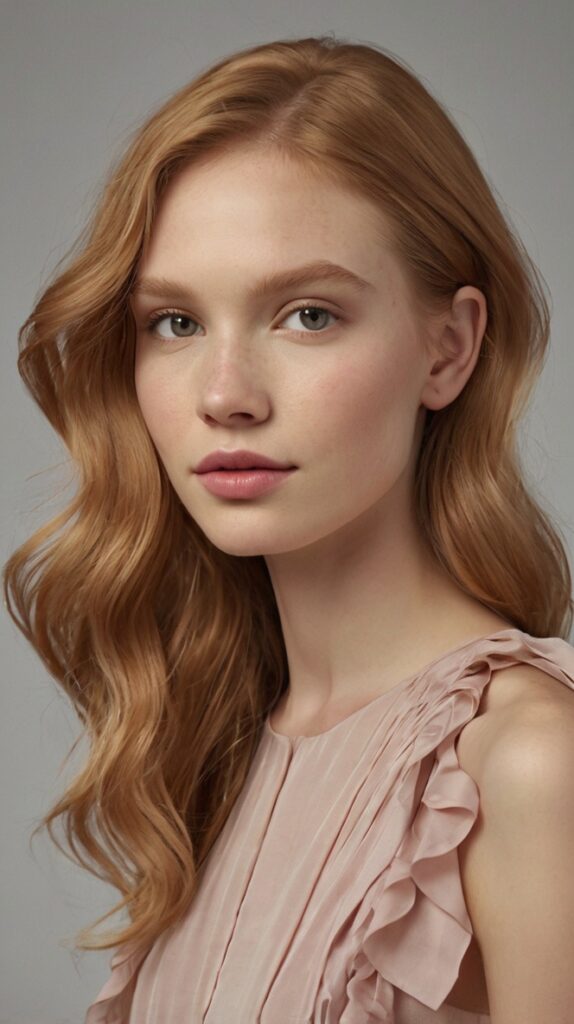
Soft, feathered ends add movement without creating harsh lines. This technique works especially well for naturally straight hair that tends to lie flat. The feathering creates subtle pieces that catch light differently.
Ask your stylist to use thinning shears sparingly – just enough to soften the ends without removing too much bulk. The goal is whisper-soft texture, not dramatic feathering.
Rounded Lob
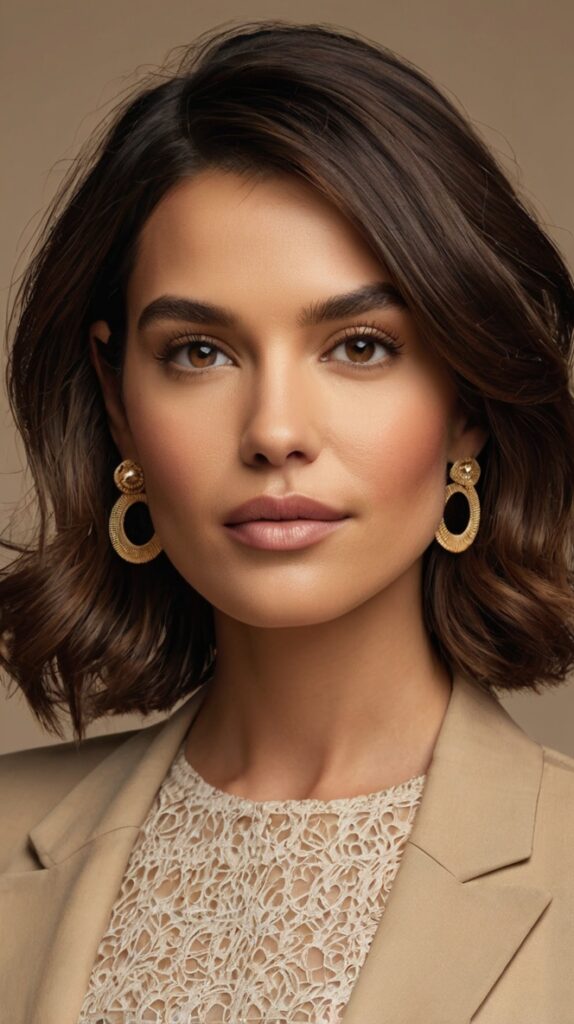
A cut that curves slightly under at the ends creates a fuller appearance through shape alone. The rounded silhouette mimics naturally thick hair that has weight to it.
This style works best when blown dry with a round brush, curving the ends under as you dry. It’s a classic technique that never goes out of style because it simply works.
Lob with Micro Bangs
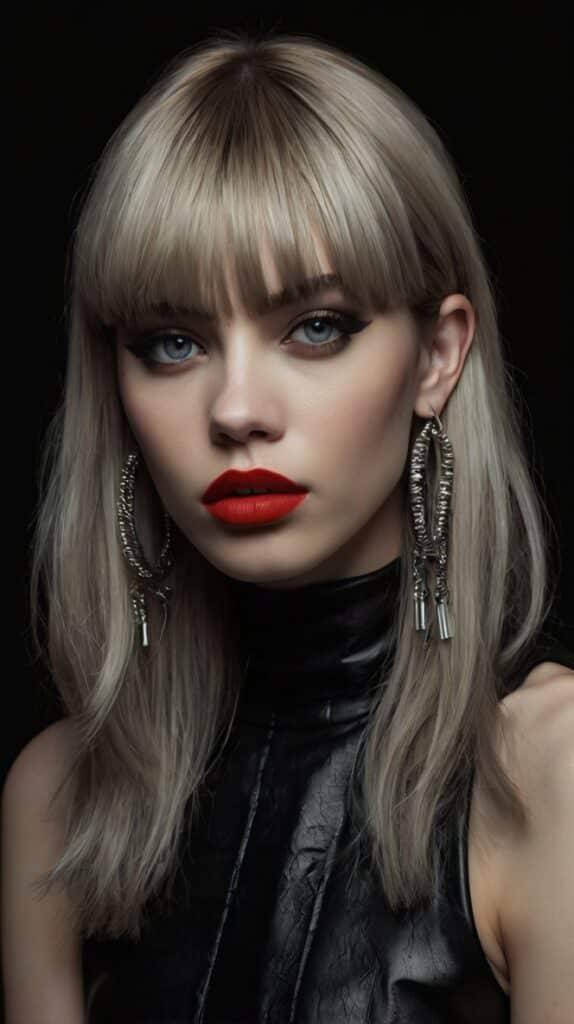
Unexpected micro bangs add edge while creating the appearance of more hair at your hairline. They’re bold but surprisingly flattering on the right face shape.
These aren’t for everyone, but if you’ve got the confidence to pull them off, they can completely transform your look. The short fringe creates a strong horizontal line that balances out fine hair’s tendency to look vertical.
Piece-y Lob
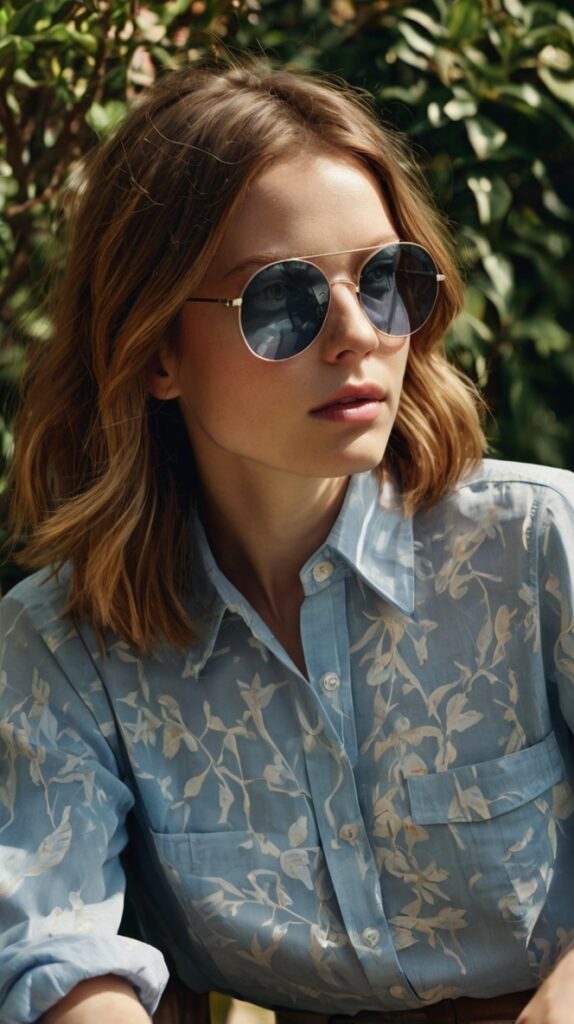
Separation and definition between sections of hair can make sparse areas less noticeable. Using your fingers to separate pieces while styling creates natural-looking texture.
Apply a small amount of texture paste to damp hair, then scrunch and separate with your fingers as it dries. Don’t overdo it – subtle separation is more effective than obvious chunks.
Voluminous Lob with Backcombing

Strategic teasing at the crown creates instant lift and fullness. The key is being gentle – aggressive backcombing can damage thin hair and actually make it look thinner over time.
Tease small sections at the roots only, then smooth the surface layer over the teased area. This creates a cushion of air that makes your hair appear thicker while keeping the finish looking polished.
Styling Tips That Make All the Difference
The right products can make or break any of these cuts. Lightweight mousses and root-lifting sprays should be your best friends. Heavy conditioners and oils can weigh thin hair down, so use them sparingly and only on the ends.
Dry shampoo isn’t just for dirty hair – it adds texture and grip that helps fine hair hold styles longer. Spritz it on clean hair before styling for extra body and staying power.
Heat protectant is non-negotiable, but choose one that adds volume rather than just protection. Multi-tasking products work best for thin hair since you want to minimize the number of things you’re putting on your strands.
The Bottom Line
Thin hair doesn’t have to mean boring hair. The long bob offers endless possibilities for creating the appearance of thickness and volume. The key is working with your hair’s natural tendencies rather than against them.
Remember that confidence is the best accessory. When you feel good about your hair, others see it too. These eighteen variations prove that there’s a perfect lob out there for everyone – even those of us who weren’t blessed with naturally thick locks.
The most important thing is finding a stylist who understands thin hair and knows how to work with it. A great cut is worth its weight in gold, especially when you’re dealing with fine strands that need all the help they can get.

Sandra is an experienced blogger and the voice behind many engaging stories on Curl Moods. With a passion for lifestyle, wellness, and authentic storytelling, she brings warmth and insight to every post. Her writing reflects a deep understanding of her readers’ moods and moments.
